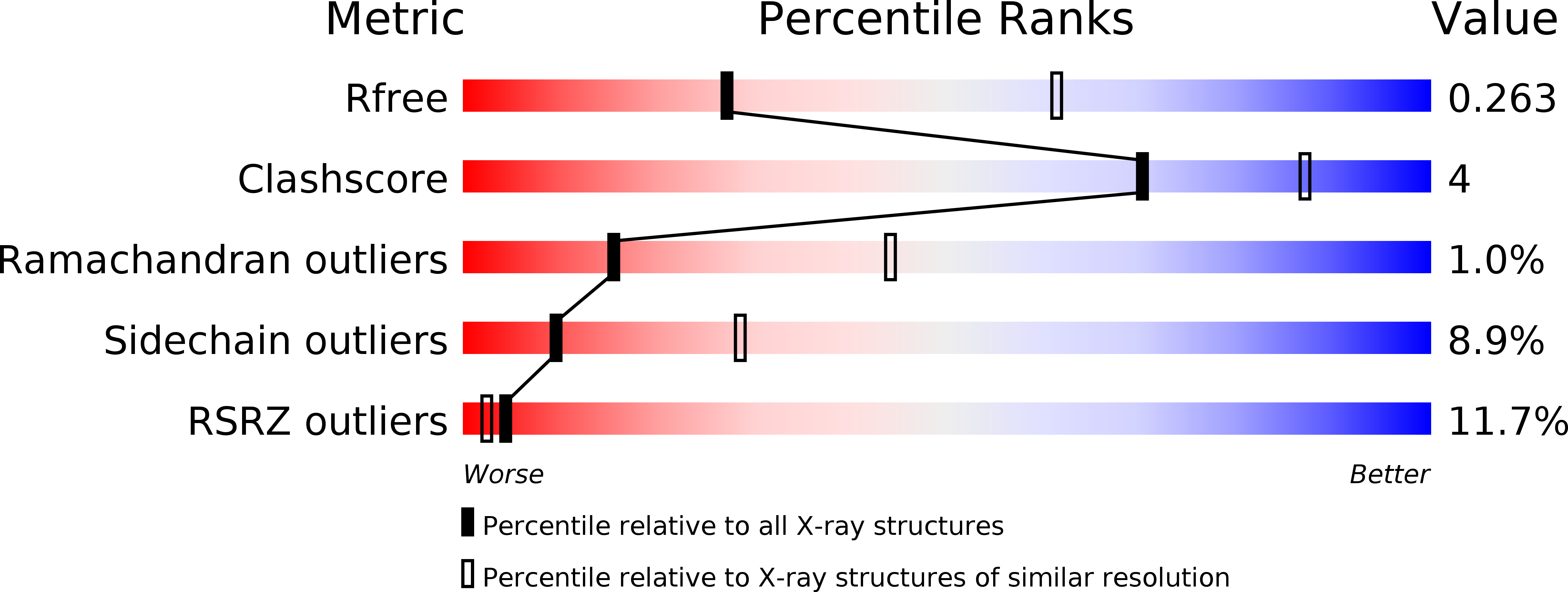
Deposition Date
2017-06-16
Release Date
2017-12-20
Last Version Date
2024-11-06
Entry Detail
PDB ID:
5W6G
Keywords:
Title:
Human antibody 6649 in complex with influenza hemagglutinin H1 Solomon Islands
Biological Source:
Source Organism:
Influenza A virus (A/Solomon Islands/3/2006(H1N1)) (Taxon ID: 464623)
Homo sapiens (Taxon ID: 9606)
Homo sapiens (Taxon ID: 9606)
Host Organism:
Method Details:
Experimental Method:
Resolution:
2.79 Å
R-Value Free:
0.25
R-Value Work:
0.21
R-Value Observed:
0.22
Space Group:
P 21 3


